Large businesses generated half of EU's net turnover - Eurostat
4.7 (666) · $ 24.00 · In stock

In 2022, the EU had 32 million enterprises, employing 160 million people with a net turnover of €38 trillion. The vast majority, 99% (31.7 million enterprises), were micro and small enterprises employing each up to 49 people. Together, micro and small enterprises employed almost half of all persons employed in enterprises (49%; 78.8 million people). They generated €12.2 trillion in net turnover, representing 32% of the total net turnover. Medium-size enterprises (50-249 persons employed) represented a small share of the total number of enterprises (0.8%; 247 000 enterprises) and employed 15% of the people (24.6 million people). These enterprises registered approximately one-fifth of the net turnover (€6.8 trillion; 18%). Even though large enterprises (more than 249 persons employed) represented only 0.2% of the total number of enterprises (53 000 enterprises), they employed more than a third of the labour force (56.5 million people, 35%) and generated half (50%) of the net turnover (€19.2 trillion). This information comes from the preliminary data on Structural Business Statistics (SBS) for 2022 published by Eurostat today. Source dataset: sbs_sc_ovw Industry: biggest turnover in 2022 Industry had the biggest turnover, generating one-third of the turnover in 2022 (€13.5 trillion, 35% of total net turnover). With only 8% of the total number of enterprises (2.4 million), it employed around one-fifth of the business labour force (33.1 million people, 21% of the total number of persons employed). Trade represented 18% of all enterprises (5.8 million). It employed 19% of the people (29.8 million) and generated 29% (€11.2 trillion) of the total turnover. Construction represented 12% (3.8 million) of the total number of enterprises but only 6% (€2.1 trillion) of the total turnover. This sector had 13.7 million people employed (9%). Other services, including companies working in a variety of services - from transportation and storage to accommodation and food service activities, education, human health and social work activities and arts, entertainment and recreation - were the highest in numbers. They accounted for 62% of the total number of enterprises (19.9 million enterprises), more than half of the total employment (83.3 million, 52%) and almost one-third of the net turnover (€11.4 trillion, 30%). Source dataset: sbs_sc_ovw
Eurostat is the statistical office of the European Union. Its mission is to provide high quality statistics and data on Europe.
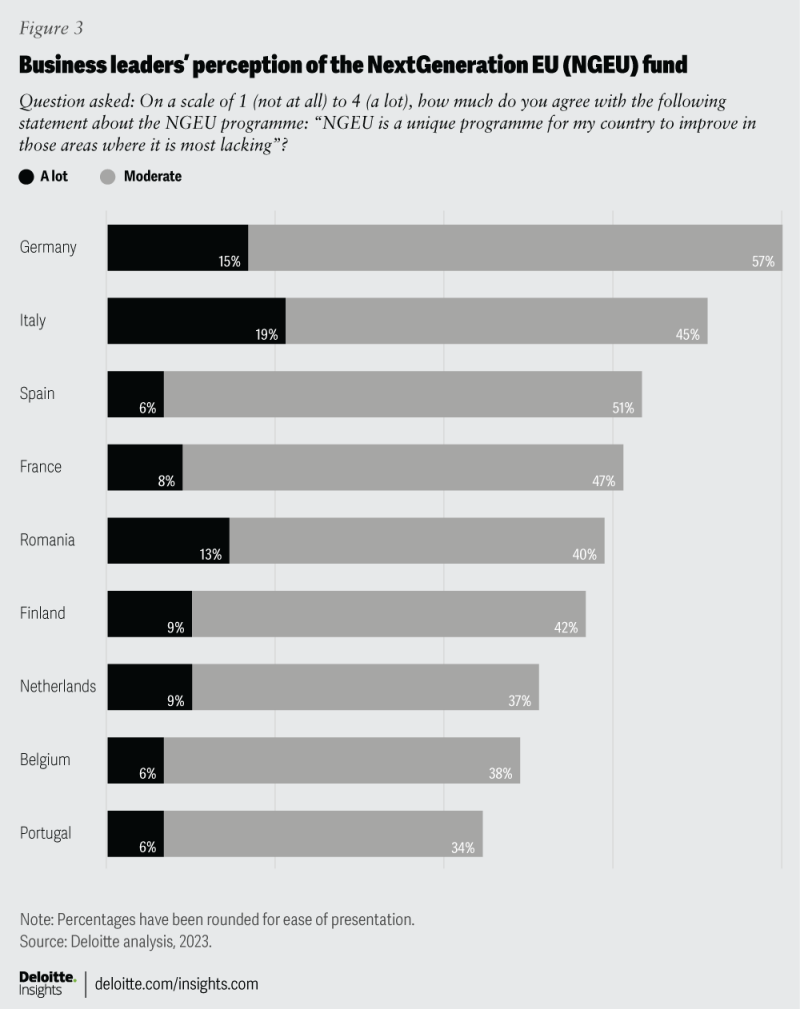
Next Generation EU Fund

Eurostat Luxembourg

These charts show which businesses are driving the EU economy

Sustainability, Free Full-Text
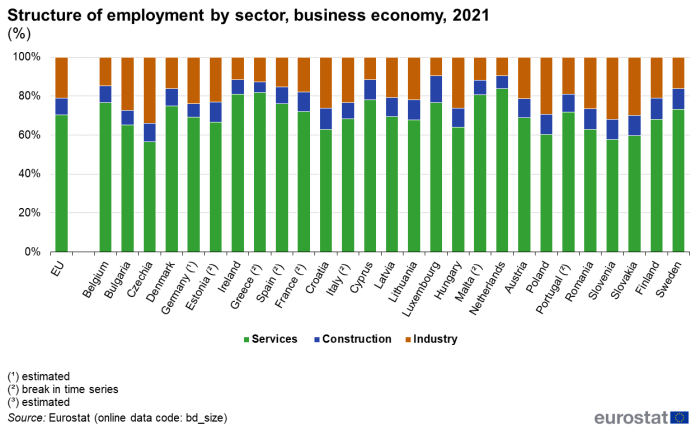
Business demography statistics - Statistics Explained

Eurostat on LinkedIn: #debt #askeurostat #data #statistics #eu #europe #europeanunion #economy…
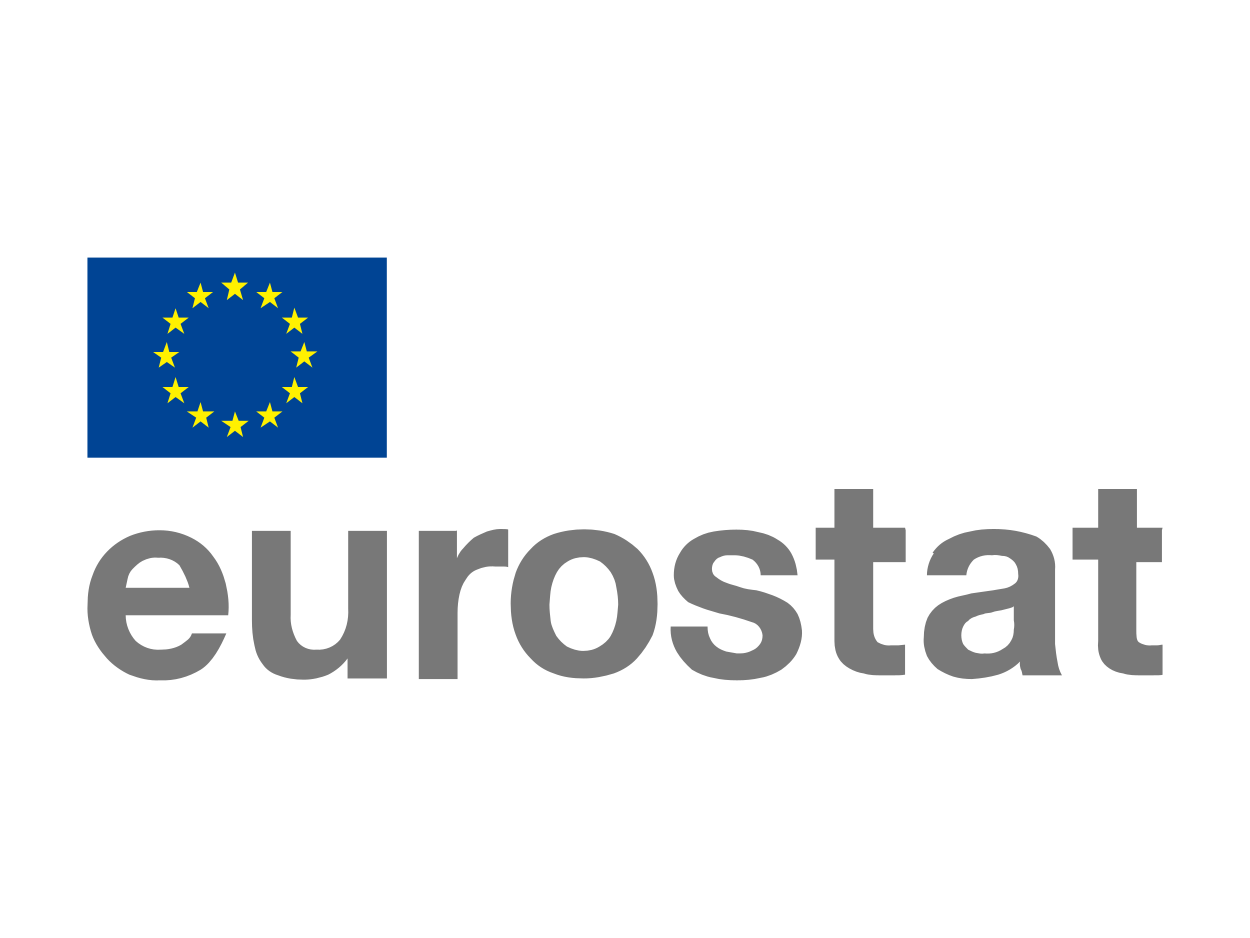
Large businesses generated half of EU's net turnover - Eurostat
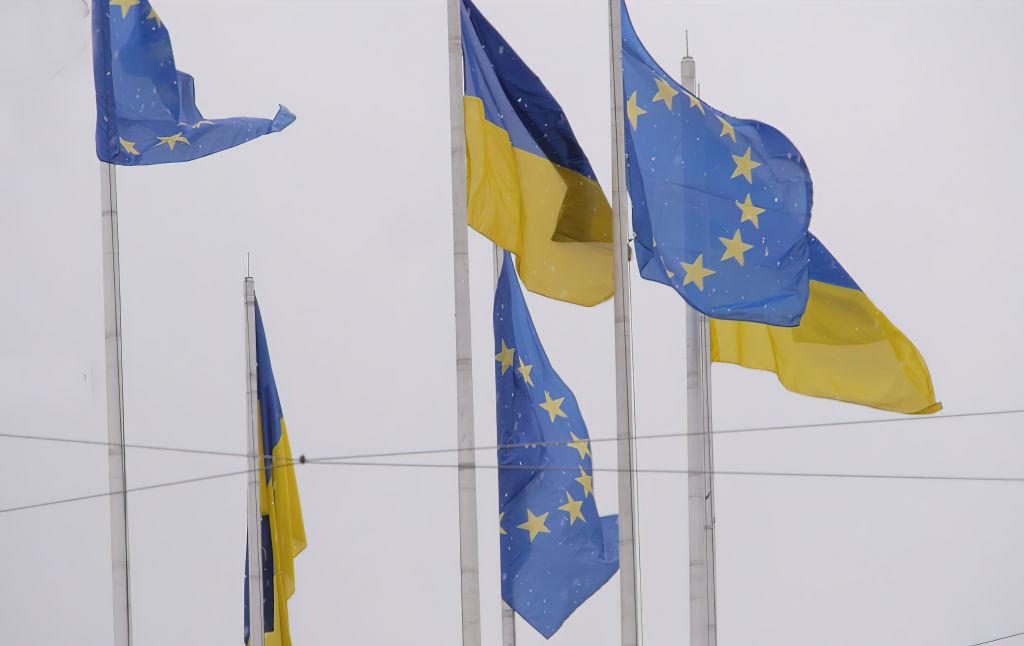
Ukraine's path to European Union membership and its long-term implications

E-commerce statistics - Statistics Explained
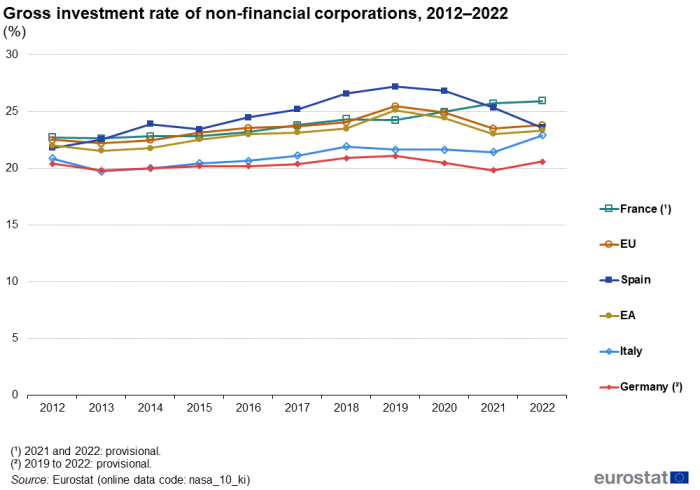
Business - statistics on profits and investment - Statistics Explained

European Union - Wikipedia
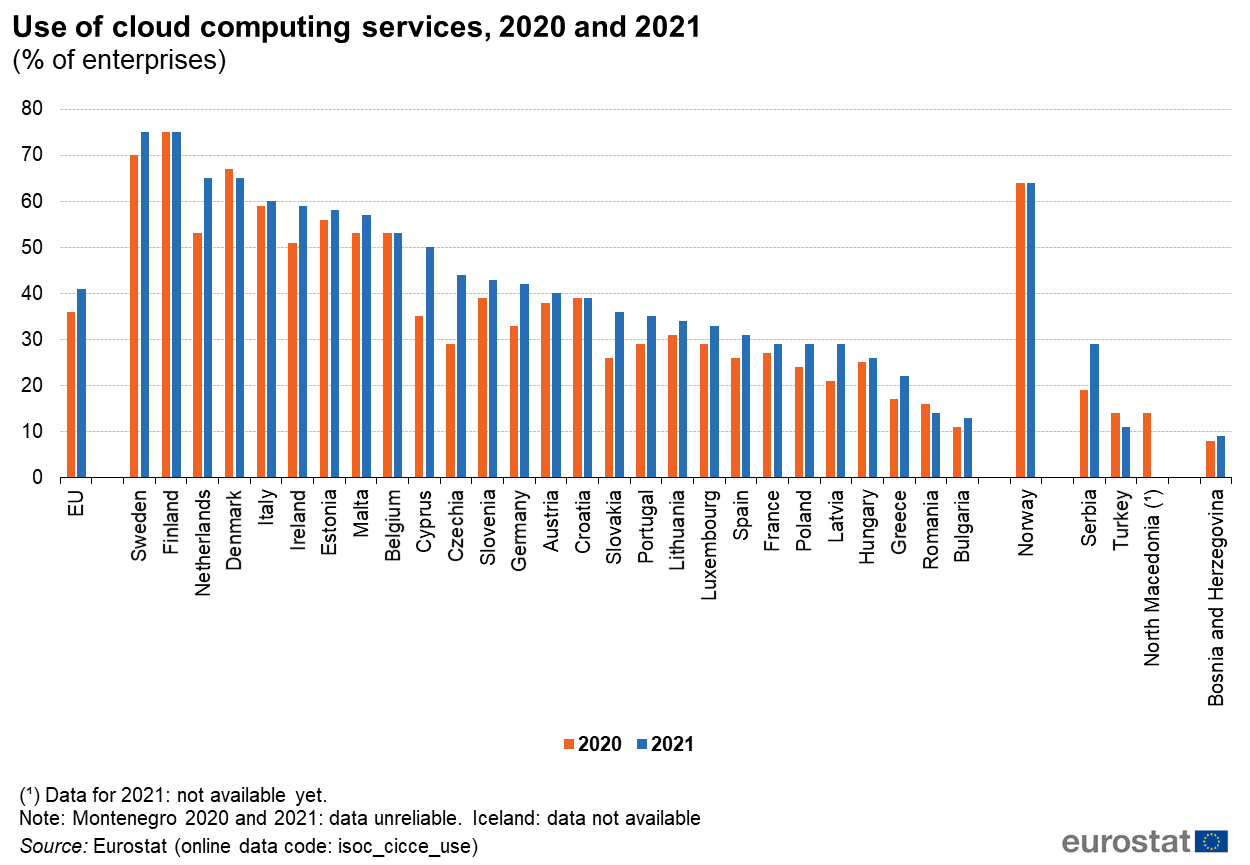
The State of Cloud Computing in Europe and the UK
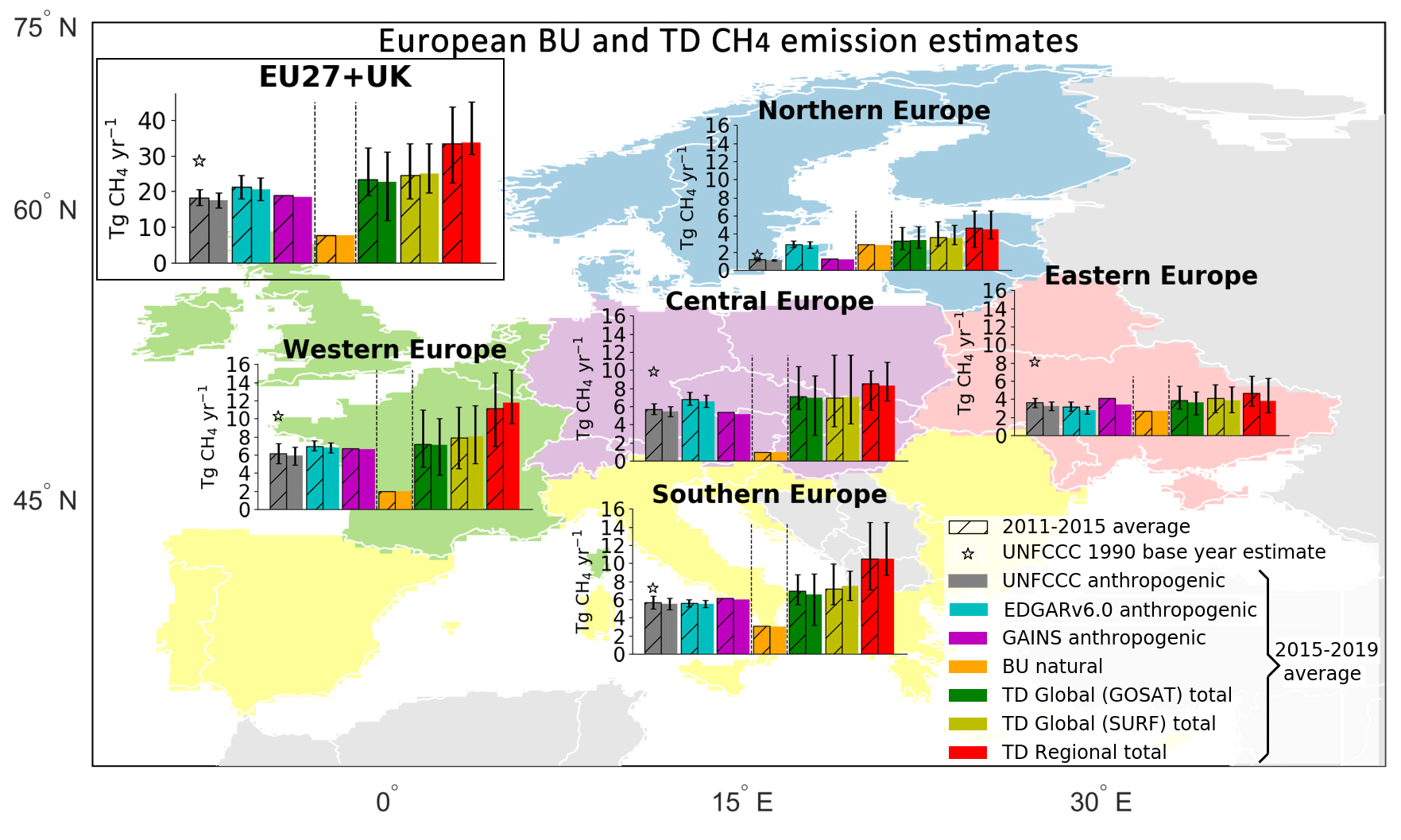
ESSD - The consolidated European synthesis of CH4 and N2O emissions for the European Union and United Kingdom: 1990–2019







